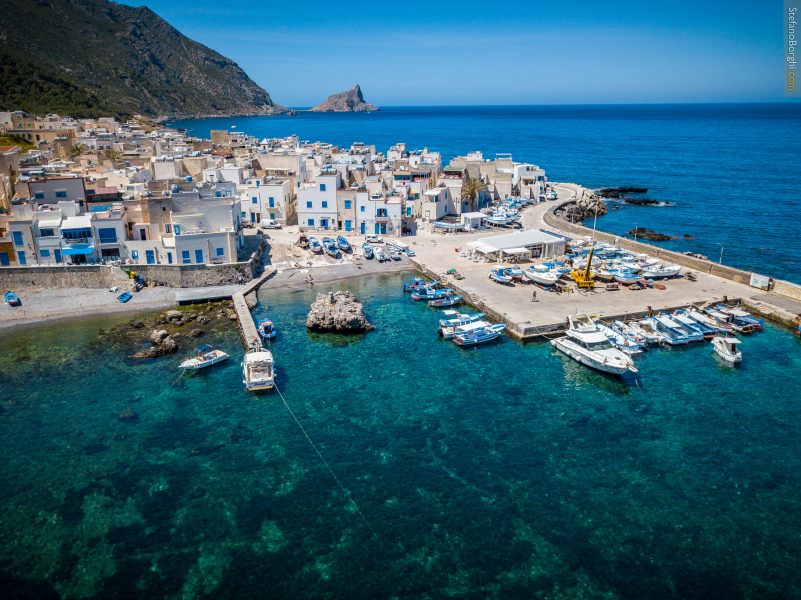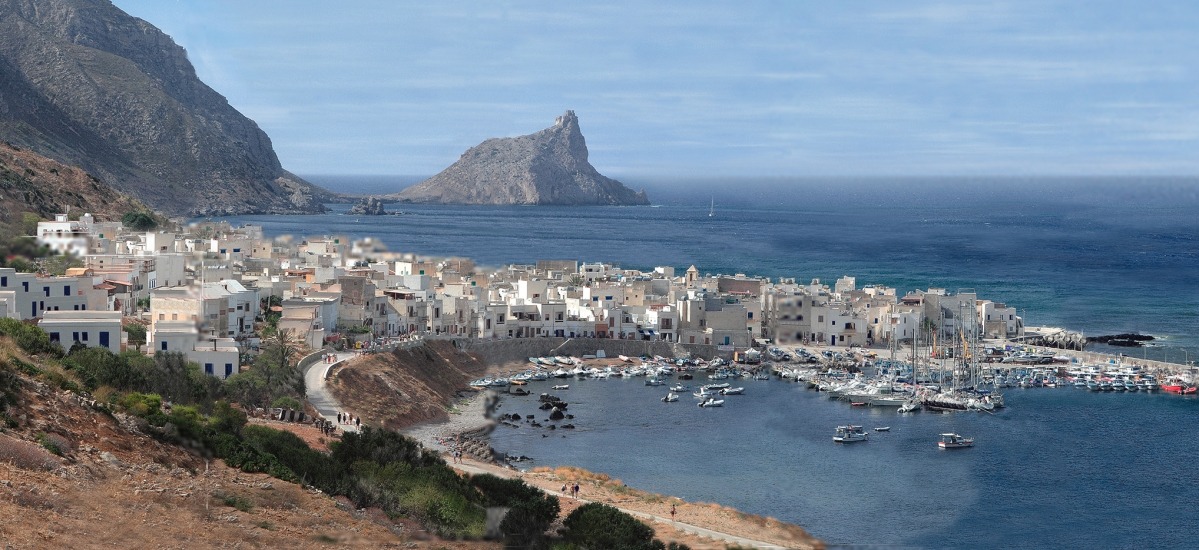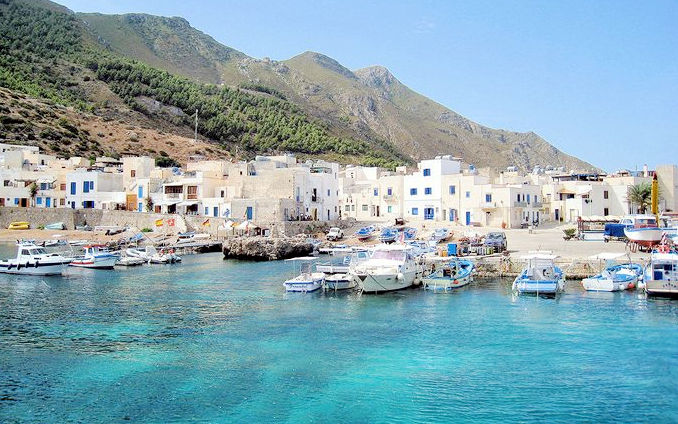


The island of Marettimo was first inhabited probably around 5,000 BC. Several finds found on the island and preserved today in the museum of the sea, testify to this. These are mostly arrowheads and obsidian splinters. Dating back to 800 BC instead, there are many remains discovered in the karst cave located above the sea cave of the pipe. Marettimo was probably a resting place for those who crossed the Mediterranean and who found shelter and supplies here. For Marettimo, however, the official entrance to the history books is dated March 20, 241 BC, with the battle that ended the first Punic war. That day, the Carthaginian fleet was defeated by the Romans and the armistice was signed.

From that moment on, the Romans made the island a military garrison to control the route between Tunisia and Rome. The "Roman Houses" remain from this historical period, a monumental complex located in the upper part of the island, near the beautiful Norman church, built by the Basilian monks in this very place in order to use the remains of the Roman building as a monastery . Recently, moreover, with further excavations 5 boulders were found, aligned with each other, on which the most varied hypotheses were made. It could be a monumental complex, used as a clock / calendar, to identify the day, month and year based on the inclination of the sunlight. A baptistery of Christian origin has always been found within this area. dated VI and VII century AD The Roman domination was followed by the invasion of the vandals, then of the Byzantines and the Saracens. The construction of the watchtower on the Punta Troia promontory is probably attributable to the latter.

The Saracens were followed by the Arabs who remained in Marettimo for over a century, so as to leave many words related to fishing and housing that are still adopted today.
The expulsion of the Arabs was done by Count Ruggero D’Altavilla who in 1078 brought Christianity to the island. The following centuries saw alternate: Swabians, Angevins and Spaniards. With the latter Marettimo lived as well as all of Sicily a period of great isolation and under constant threat from pirates who came from everywhere to plunder and damage everything they found in front of them. So much so that the inhabitants of Marettimo were forced to live by taking refuge in the caves of the island. In 1637, the Spaniards, now bankrupt, were forced to leave Marettimo and sell it to the Marquis of Genoa Pallavicino. A slow but steady repopulation of the island began slowly, especially at the end of the eighteenth century under the Bourbons who tried to reform the state, revaluing the territory. With the French revolution the castle of Marettimo became a terrible prison, where political prisoners were brought. Only between the mid and late 1800s in a climate of peace brought by King Ferdinand II of Bourbon and with the arrival of the Florio family in Sicily, the inhabitants of Marettimo abandoned the caves to build their own tuff houses. Florio gave a very strong economic and cultural push to the Egadi, with the construction of the tuna traps and with the revival of the cultivation of the fields.
Island of Marettimo
Address: Via Municipio 3, Favignana, 91023
Phone: 0923 923171
Site:
https://www.marettimo.tp.it/Location inserted by
Culturalword Abco